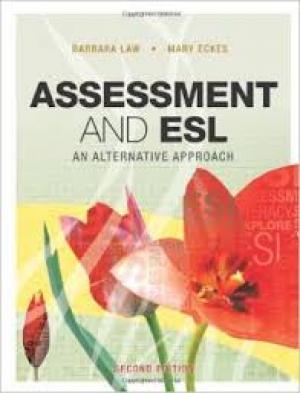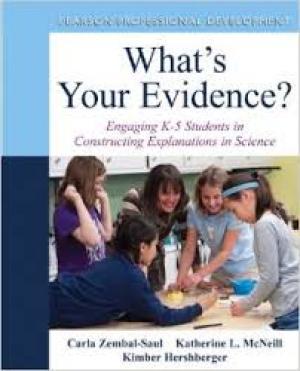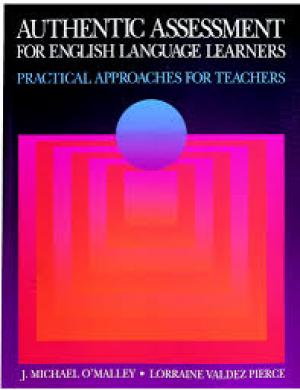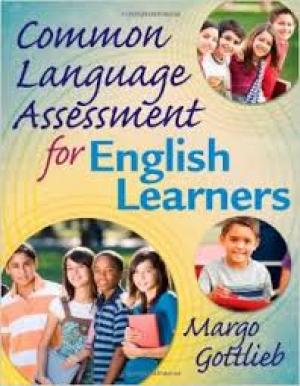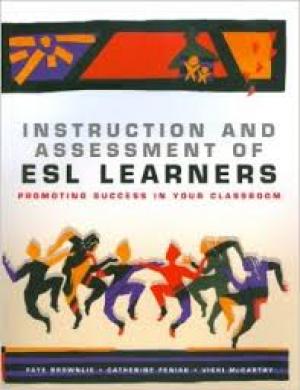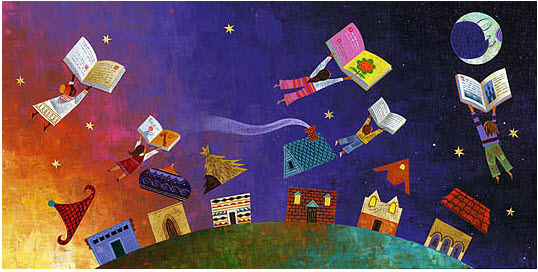Assessment for ELLs
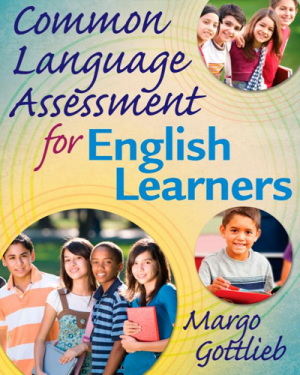
These books offer an introduction to assessment best practices for English language learners, as well as special considerations to keep in mind.
Assesment and ESL: An Alternative Approach (2nd Ed.)
Veteran educators Barbara Law and Mary Eckes present an in-depth discussion of what assessment really means for ELLs and ELL educators in this follow-up to The More-Than-Just Surviving Handbook. One of the strengths of this guide is that Law and Eckes simultaneously explore the big picture (what teachers need to know and trends in assessment), the programmatic implications (how to grade and when to exit students), and hands-on strategies regarding the details and mechanics of assessment (how to record your observations and present information to stakeholders).
Assessing English Language Learners: Bridges from Language Proficiency to Academic Achievement, Second Edition
This comprehensive treatment of ELL assessment highlights the intricate relationship between English language proficiency and content area learning. The author provides detailed information on how teachers can integrate academic language instruction into the content area classroom in order to enhance students' learning and support effective assessment. The book includes excellent discussions of performance-based assessment; student self-assessment; standardized testing; and classroom-based language, literacy, and content assessment.
Assessment and Accountability in Language Education Programs: A Guide for Administrators and Teachers
Gottlieb and Nguyen have created an excellent guide to developing a comprehensive assessment framework that can be used across a wide variety of language education programs. They begin by describing how they developed what they refer to as the Balanced Assessment and Accountability System, Inclusive and Comprehensive (BASIC) and successfully implemented it in a large suburban school district in Illinois.
Authentic Assessment for English Language Learners: Practical Approaches for Teachers
This classic text by O'Malley and Valdez Pierce is an excellent resource for teachers who are interested in designing meaningful, instructionally-relevant assessments for their English language learners. The authors provide step-by-step instructions for using such tasks as oral interviews, portfolios, classroom demonstrations, and writing samples as valid and reliable assessments of reading, oral language development, writing, and content area learning. The text also includes 50 reproducible pages with checklists, rubrics, and other forms that may be photocopied for classroom use.
Common Language Assessment for English Learners
This step-by-step guide demonstrates how teachers, school leaders, and administrators can collaborate to design effective, school-wide language assessment programs for their English language learners. For each phase of the assessment development process (Planning, Design, Refinement, Inspection, and Maintenance), Gottlieb provides organizing principles, lead questions, and action steps, all directed toward helping educators create valid and reliable language measures that are aligned with classroom instruction and able to be used consistently across multiple classrooms.
Instruction and Assessment of ESL Learners: Promoting Success in Your Classroom
In this hands-on guide for classroom practitioners, the authors jump right into effective school-based planning, best practices, and considerations for ELLs in elementary and secondary settings, as well as tips for supporting ELLs in the mainstream classroom. In addition, they present a number of helpful assessment strategies, rubrics, and descriptors for informal assessment of reading, writing, and oral language, as well as lesson and unit plans for students in grades 1-9. Appendices include examples of proficiency assessments, student-led conference forms, and graphic organizers.
Literacy Assessment of Second Language Learners
Product Description: Literacy Assessment of Second Language Learners consists of articles written specifically for this book by national and international experts and teachers in the field of literacy/bilingual assessment. The authors include assessment instruments, such as grading rubrics and observation checklists; classroom vignettes at the beginning of each chapter that integrate theory and practice; and numerous pedagogical devices such as charts, graphs, and summaries to make the book easy to use for readers.
Related Content
Multicultural Literature
See more great related resources and videos in our Multicultural Literature section!

